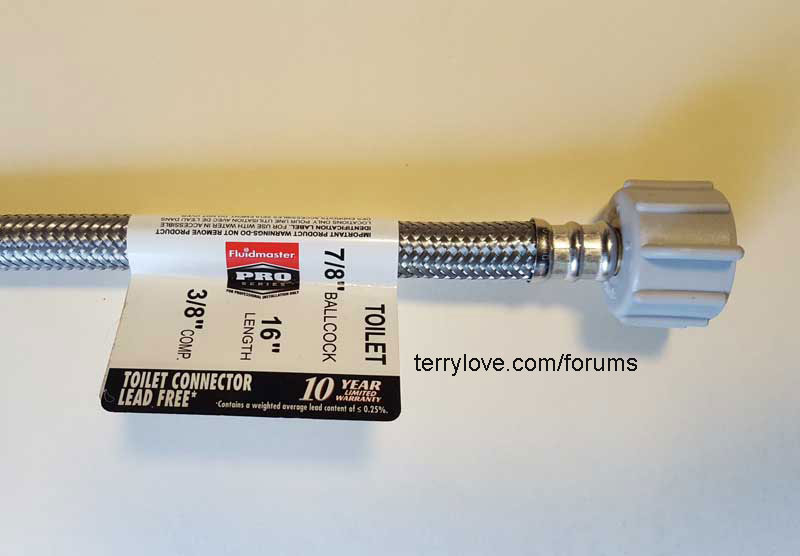braidedsteelhater
New Member
I am noticing that the angle stop outlets are available in both 3/8 compression and 1/2 slip joint thread, which are also available as supply line connectors for Fluidmaster, Brasscraft, Watts, and Kissler. Does anyone have an opinion as to which they like better, their experiences with leaking from either one. I need to replace my angle stop ball valves and am conflicted as to which one to select. Just from staring at them, to me my intuition tells me that the 1/2 are a better and more leak proof connection. Any opinions?

